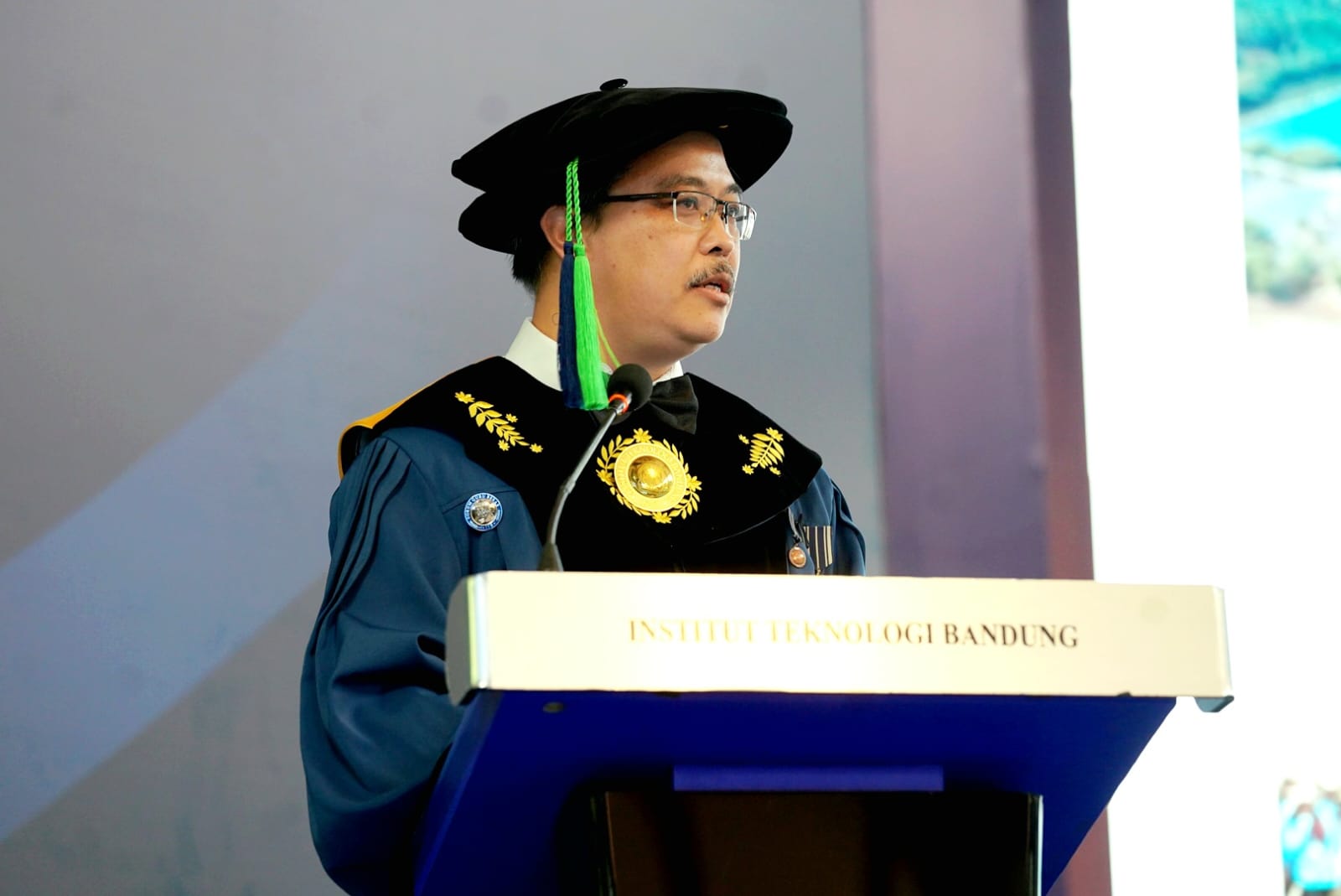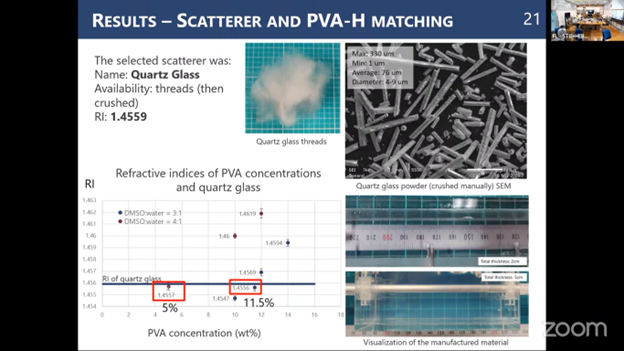Prof. Rukman Hertadi Scientific Oration: Biomolecular Exploration from Local Strain Halophilic Bacteria and Its Potential Applications
By Adi Permana
Editor Adi Permana

BANDUNG, itb.ac.id—Indonesia has many halophilic habitats open to be explored intensively. Professor of ITB, Prof. Dr. Rukman Hertadi, S.Si., M.Si., conveyed his research about halophilic bacteria in his scientific oration at ITB’s Forum of Professors, Saturday (22/7/2023)
The Vice Dean of Faculty of Mathematics and Natural Sciences (FMNS) ITB delivered his oration entitled “Biomolecular Exploration from Local Strain Halophilic Bacteria and Its Potential Applications”. He explained that extremophiles are microorganisms with the ability to live under extreme conditions.
There are a few kinds of extremophiles, one of them is halophile. Halophiles generally have multiple extremes. Besides living in high salinity, halophiles can also live in high pH and high temperature environments. Moreover, halophiles produce complex secondary metabolites that can be used in various applications.
Biomolecular Applications of Halophilic Bacteria
Biomolecules from halophilic bacteria have many benefits. Realizing the fact, Prof. Rukman along with the student team did an exploration and research of biomolecules potency of halophilic bacteria.
First in potency are biomolecules as corrosion inhibitors. Inhibitors are made by combining biosurfactants in the form of rhamnolipid and silica. A conducted inhibition test showed that the rhamnolipid-silica complex can inhibit corrosion by 72.68% at high temperatures.
The second potency is the combination of rhamnolipid with graphene quantum dots, which can be used for green photocatalysts. Photocatalysts can foster the degradation process of blue methylene, a carcinogenic compound causing digestive disorders, into harmless compounds in the forms of CO2 and water molecules.
The third potency tied to the utilization for health, especially oral insulin development. Insulin is an important hormone to control blood sugar. Insulin usually is channeled to the body through injection. This method can cause pain, infection risk, hypoglycemia, etc. Thus, oral insulin is an alternative method of insulin therapy. However, the development of this method faces various challenges.

Besides oral insulin, the other benefit for health is tissue engineering. At this moment, transplantation can be done using Scaffold technology. Scaffold conditions for tissue engineering require the materials must be capable of facilitating attachment, dissemination, and growth of the tissue. Furthermore, it has to have a suitable mechanical power as the engineered-tissue. In this case, Scaffold development is done by combining levan with PVA. The combination produces nanofiber that has the same elasticity as a liver. According to the conducted MTT test, the growth of liver cells increases significantly in the prepared medium.
Lastly, Prof. Rukman conveyed the potency of PHB, one of the halophilic bacteria bioplastics, to become antibacterial food packaging. The combination of PHB with the other substances creates a membrane with the capability to reduce pathogenic bacterial growth.
There are still many other biomolecules left undiscovered. "With the contribution of physical biochemistry, biomolecules from halophilic bacteria can be modified through chemistry or physics modification in order to achieve better performance and stability in various applications," Prof. Rukman said at the end of his speech.
Reporter: Erika Winfellina Sibarani (Matematika, 2021)
Translator: Hanifa Juliana (Perencanaan Wilayah dan Kota, 2020)
Editor: Anggi Nurdiani (Manajemen, 2021)

.jpg)

.jpg)
.jpg)
.jpg)


